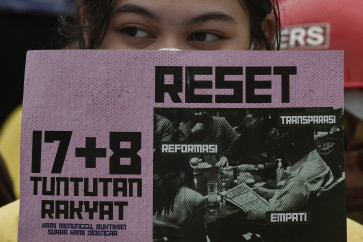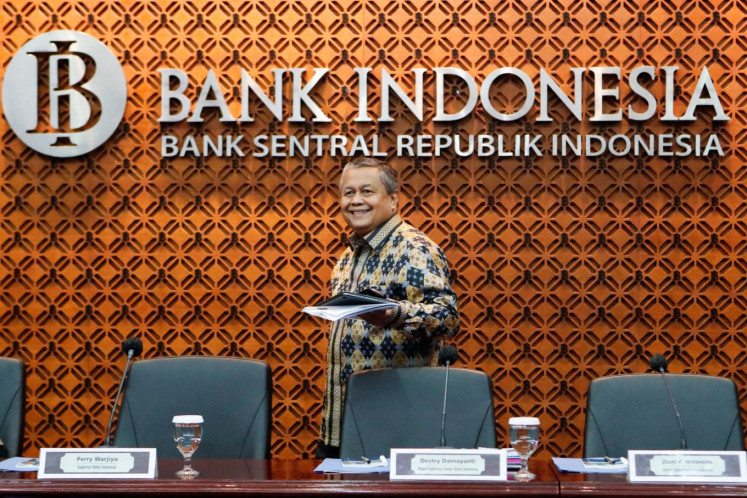Popular Reads
Top Results
Can't find what you're looking for?
View all search resultsPopular Reads
Top Results
Can't find what you're looking for?
View all search resultsNew accounting standards will make life insurance industry more transparent
Insurance products in the category of investment-linked insurance products (PAYDI), such as unit links, are suspected of being the root cause of an insurance company's problems in many cases.
Change text size
Gift Premium Articles
to Anyone
A
study published in 2000 by Rudolph Enz titled The S-Curve Relationship Between Per-Capita Income and Insurance Penetration concluded that in the relationship between life insurance penetration and gross domestic product (GDP), there is an S curve with a lower inflection point at a per-capita GDP of US$4,871 and an upper inflection point at a per-capita GDP of $13,863.
According to the trajectory of the S curve, with Indonesia’s current GDP per capita of around $4,000, the opportunity to increase insurance penetration in the future will be very big because it will be able to grow steadily from the current 1.60 percent to 4 percent if GDP per capita can reach around $13,850.
However, in reality, this large potential has not been tapped as much as it should be. Data from the Indonesian Life Insurance Association (AAJI) showed that there was a decrease in premium income for life insurance companies by 5.3 percent in 2022 from 2021. With a population of 275 million and a life insurance penetration rate of 1.60 percent in 2021 – much lower than Malaysia's 4.2 percent, Singapore's 11.4 percent and Hong Kong's 20.5 percent – Indonesia has a big potential to expand its insurance industry.
There are two major factors that may discourage people from purchasing insurance products in Indonesia. The first is a series of financial scandals at private and state-owned insurance companies, which have caused significant losses to policyholders.
Second is the existence of an asymmetric information situation where only insurance companies know with certainty the real financial condition of the company, while the public does not have this knowledge because insurance companies, according to the applicable financial reporting regime, do not have to disclose detailed important information in their financial statements.
In general, the life insurance business is a type of business activity with a simple business model. Insurance companies collect premium payments and bear the risks agreed upon by policyholders to be collected in a large premium pool, which is then used as a source of funds for paying policy benefits and invested with the objective of obtaining investment profits.
The most important and difficult part of this insurance business model is the mechanism of transferring the risk of individual policyholders into a common risk pool so that the individual risk of each policyholder can be widely distributed to all other policyholders to produce the effect of reducing the aggregate risk of the risk pool due to the offset mechanism.



















